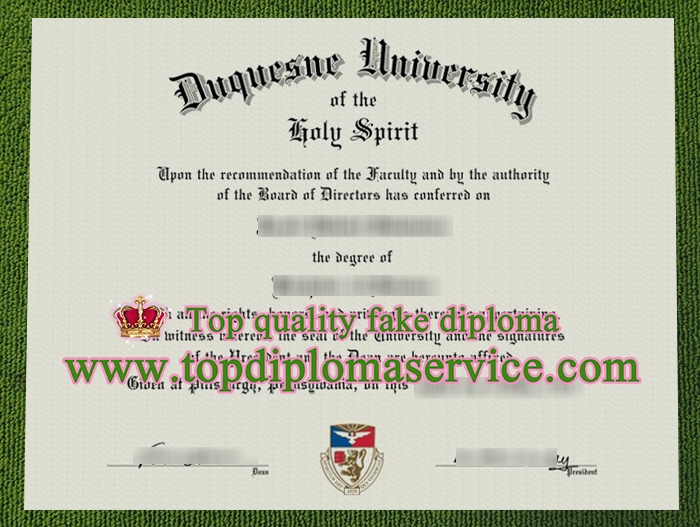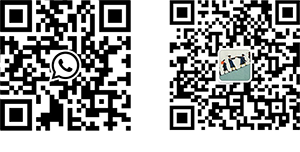
Where to order Duquesne University fake diploma, replica Duquesne University certificate, buy fake diploma, buy fake certificate. Duquesne University of the Holy Spirit (Duquesne University or Duquesne) is a private research university in Pittsburgh, Pennsylvania. Founded by members of the Congregation of the Holy Spirit, Duquesne first opened as the Pittsburgh Catholic College of the Holy Ghost in October 1878 with an enrollment of 40 students and a faculty of six. In 1911, the college became the first Catholic university-level institution in Pennsylvania. It is the only Spiritan institution of higher education in the world. It is named for an 18th-century governor of New France, Michel-Ange Duquesne de Menneville.
Duquesne has since expanded to over 9,300 graduate and undergraduate students within a self-contained 49-acre (19.8 ha) hilltop campus in Pittsburgh’s Bluff neighborhood. The school maintains an associate campus in Rome and encompasses ten schools of study. The university hosts international students from more than 80 countries[4] although most students—about 80%—are from Pennsylvania or the surrounding region.[5] Duquesne is classified among “R2: Doctoral Universities – High research activity”.[6] There are more than 93,000 living alumni of the university[2] including two cardinals and the current bishop of Pittsburgh.
The Duquesne University coat of arms was modified from that of the family of its namesake, the Marquis du Quesne. A red book was added to adapt the arms of a French governor to that of a university. The coat of arms was designed by a Spiritan father and alumnus, Father John F. Malloy. They were then examined and partly revised by Pierre de Chaignon la Rose, a prominent ecclesiastical heraldic artist at the time. The design was adopted early in 1923 and used for the first time carved in high relief above Canevin Hall, then under construction. The first time the arms were incorporated into the seal of the university was for the commencement program of 1926.


